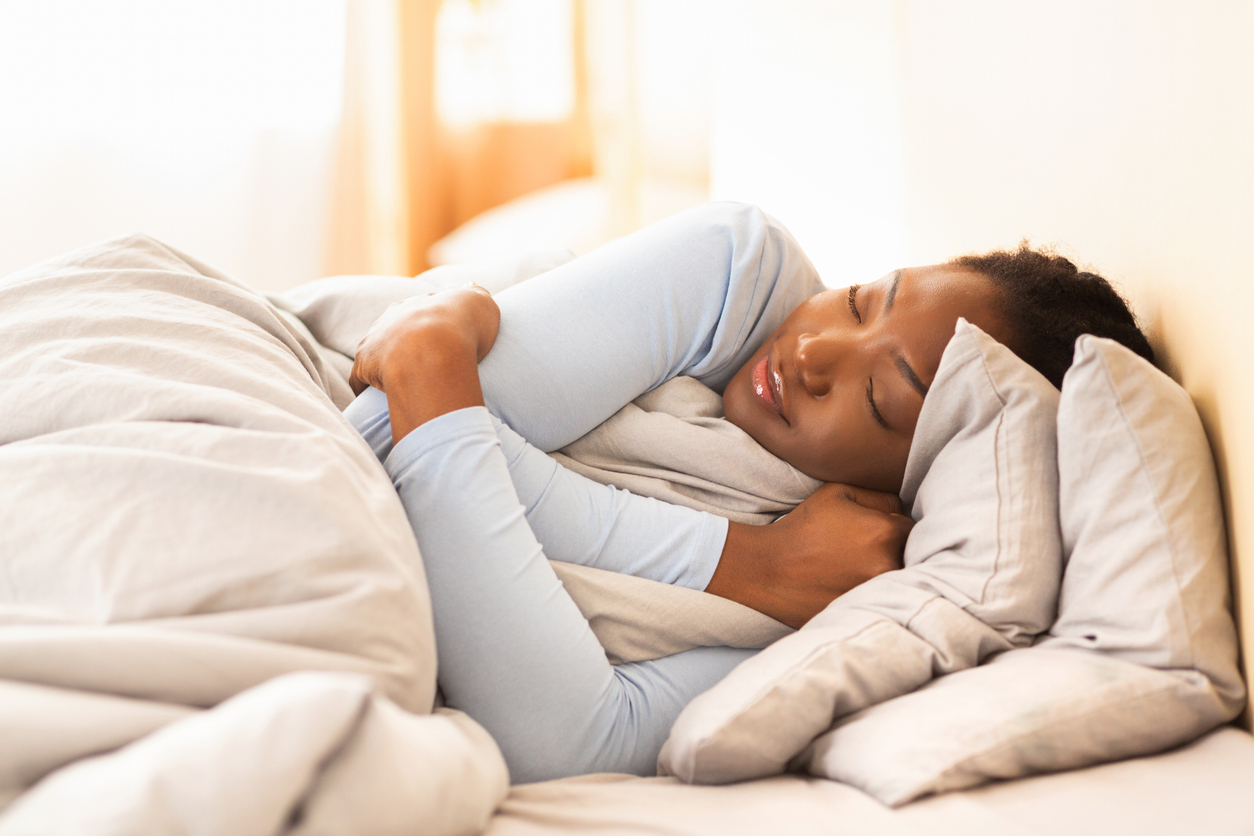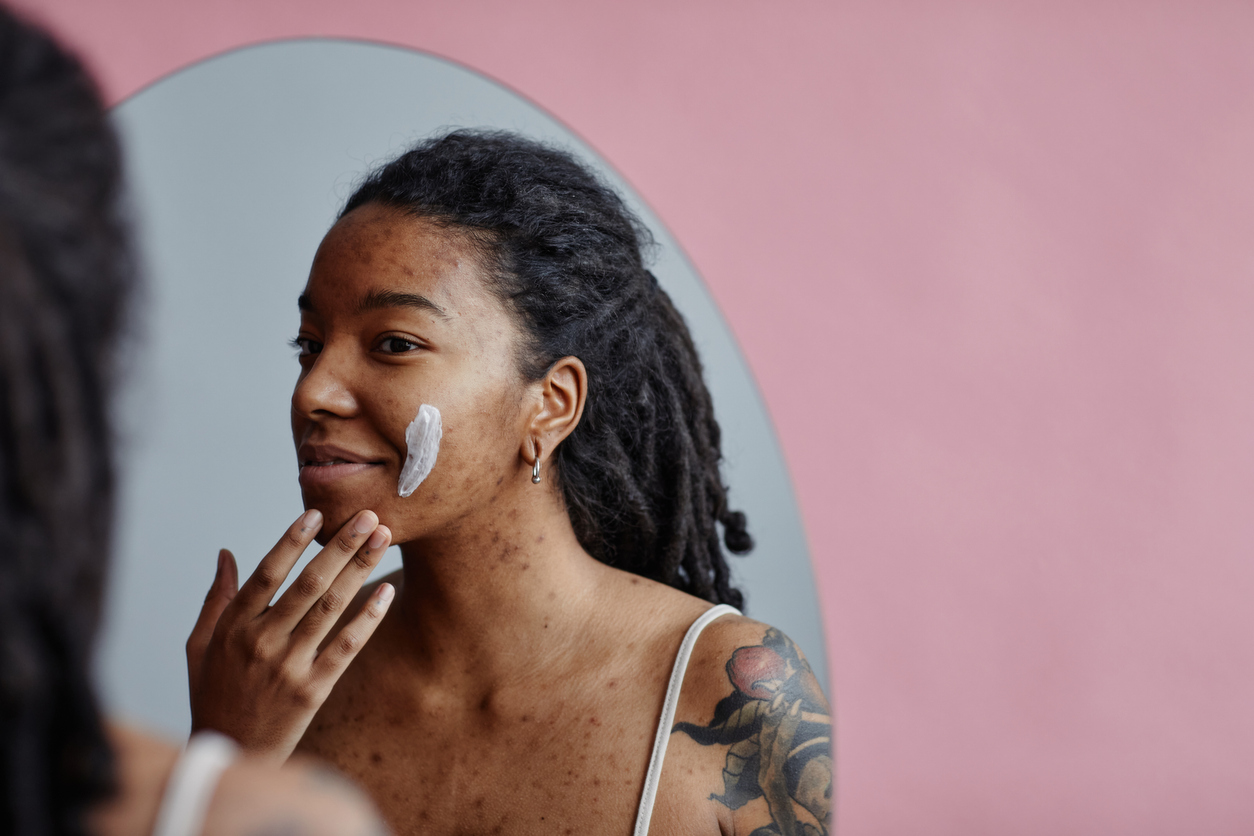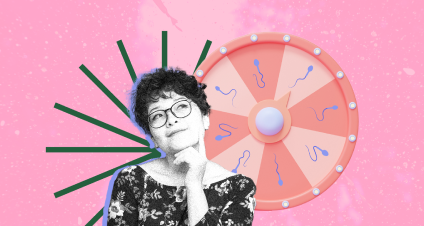You thought puberty was behind you. The acne. The mood swings. The random boob growth. But now, in your 20s — right when you’re supposed to have it all figured out — your body feels like it’s flipping the hormonal script again. If you’re suddenly noticing skin changes, body shape shifts, or your emotions are all over the place, you’re not imagining it.
You might be going through what some call “second puberty.”
Okay, so it’s not an official medical term, but it’s a very real experience — and you’re definitely not alone.

Does puberty end at 25?
Technically, puberty — the first one — starts between ages 8 and 13 for girls and usually ends by the late teens. But development doesn’t just stop at 18. Your body and brain keep evolving well into your 20s. In fact, some experts consider 25 the true age of physiological adulthood. That’s around when your prefrontal cortex (the part of the brain that manages planning, decision-making, and impulse control) fully matures.
So while the classic signs of puberty — like breast development, menstruation, and growth spurts — usually wrap up earlier, other hormonal and physical changes can continue into your early-to-mid 20s. And for many people, that can feel a lot like puberty all over again.
Do girls go through a second puberty at 25?
Sort of. While “second puberty” isn’t a formal diagnosis, it’s a phrase people use to describe the wave of hormonal and physical changes that often hit in the mid-20s — especially for women and people assigned female at birth.
Here’s why it happens: In your early 20s, your hormones are still finding their adult rhythm. Estrogen, progesterone, and testosterone levels fluctuate as your menstrual cycle matures. If you started hormonal birth control as a teen, your body may just now be going through its first natural hormonal patterns in your 20s.
On top of that, lifestyle stressors — like sleep deprivation, intense work schedules, changing eating habits, and post-college body shifts — can trigger changes in your skin, mood, weight, libido, and even menstrual cycle. These aren’t glitches — they’re signs your body is adjusting to a new stage of adulthood.
“What you’re noticing may actually be due to your body settling into more regular ovulatory cycles,” explains Dr. Caledonia Buckheit, OB/GYN. “In your teens, the HPO axis is still maturing, so ovulation might have been inconsistent — or you may have been on birth control, which can mask these fluctuations. Now, in your 20s, your natural cycle is in full swing.”
In other words, those PMS mood swings, libido shifts, or sudden breast tenderness might feel brand new — but they’re often a sign that your hormones are doing what they’re supposed to.

What does a woman’s second puberty look like?
“Second puberty” doesn’t look the same for everyone, but here are some of the most common changes people notice:
- Weight redistribution: You might gain weight in places you didn’t before, like hips, thighs, or breasts. This is normal and not a sign that anything’s wrong — most likely due to lifestyle changes between your teens and your twenties, like changing from walking around a college campus all day to sitting at a desk in an office job.
- Skin changes: Breakouts around your jawline or chin can crop up due to hormonal shifts, even if you breezed through your teens with clear skin.
- Mood swings: Anxiety, irritability, and emotional sensitivity can hit harder than they did before. This might be due to fluctuating hormone levels or just… life.
- Period changes: Your cycle might become more regular, more intense, or just different. Cramps, flow, and PMS can all shift in your 20s.
- Sex drive changes: “Libido is multifactorial — it’s not just about testosterone,” says Dr. Buckheit. “In your 20s, so many things are shifting: your lifestyle, stress levels, relationships, even your sense of identity. Hormones may play a part, but bio-psycho-social factors are just as important.” So if your sex drive suddenly spikes or dips during this decade, it’s totally normal — and often more complex than just a hormone imbalance.
- Body hair changes: More, less, darker, or in places you didn’t expect — all fair game.
If any of these sound familiar, you’re not losing it. Your body (and life!) is evolving — again — and it’s completely normal.
Why do I feel like I’m going through puberty again?
Because, in some ways, you are. The teen version of puberty was all about becoming an adult. This time, your body is refining that adulthood. Your hormones are settling into a new baseline. Your metabolism might slow down a bit. Your fat distribution may change to support fertility and long-term health. Even your bones are still building density.
Some people also experience this “second puberty” feeling after major life events — coming off birth control, recovering from an eating disorder, going through trauma, or simply shifting into a more stable lifestyle after years of chaos.

Do you get a second puberty in your 30s?
There’s another wave of changes that can show up in your 30s — especially your late 30s — but they’re more often tied to perimenopause, which is the transitional period before menopause. While this phase is different from the mid-20s version of second puberty, it can bring some familiar symptoms: mood swings, irregular periods, body changes, and skin issues.
However, in your early 30s, many of the changes you might notice are still linked to the hormonal shifts that started in your 20s. If your lifestyle, stress, or health status shifts dramatically (say, you stop drinking, get into weightlifting, or have a baby), your hormones will shift in response — and yes, it might feel like puberty round three.
Is menopause like a second puberty?
In a weird, poetic way — yes. Some doctors even refer to menopause as “puberty in reverse.” Just like adolescence brings big hormonal fluctuations as your body starts making sex hormones, menopause involves similar chaos as your body winds down its production.
Menopause typically starts in your 40s or 50s, but it can happen much earlier for people who’ve had an oophorectomy — the surgical removal of the ovaries — or gone through chemotherapy or radiation,” explains Dr. Buckheit.
When estrogen and progesterone drop, it can trigger a cascade of symptoms: mood changes, hot flashes, disrupted sleep, and noticeable shifts in your skin, body shape, and menstrual cycle. It’s another major hormonal transition — just one that doesn't always stick to the expected timeline.
Whether it’s first puberty, second, or perimenopause — these phases aren’t failures. They’re milestones.

How to support your body through second puberty
Even though second puberty isn’t something your doctor will diagnose, there are ways to feel better and more grounded while riding the rollercoaster of hormonal changes and lifestyle factors that occur in your 20s.
It can help to:
- Prioritize sleep: Your body needs rest to regulate.
- Nourish your body with balanced meals: Blood sugar swings can make symptoms worse.
- Move your body in ways that feel good: Think strength training, walking, or yoga rather than punishment workouts.
- Ditch the comparison trap: Everyone’s timeline and body are different.
- Track your symptoms: If something feels off, it’s easier to spot patterns over time.
If you’re dealing with sudden acne, period changes, or mood swings that feel unmanageable, it’s always worth checking in with a healthcare provider. They can review your symptoms, do any exams or lab tests that are indicated, rule out conditions like PCOS or thyroid imbalances, and help you understand what’s actually going on.
You’re not broken — your body’s just growing up (again)
Second puberty isn’t something to be scared of. It’s not a flaw or a regression — it’s your body continuing to grow, shift, and adapt as you move through adulthood. And while it can feel confusing, frustrating, or even embarrassing at times, it’s also a chance to reconnect with your body in a deeper way.
Bodies aren’t static. Hormones aren’t either. So if you’re noticing changes in your skin, emotions, cycle, or shape — trust that there’s probably a good reason behind it. You’re not going backward. You’re just entering a new season — and you’ve got every right to understand and embrace it.
Tassia O'Callaghan is an experienced women's health content writer and SEO content strategist, having written for brands like Peanut App Ltd, Scary Mommy, Fertility Mapper, Tally Workspace, and Office Christmas. She's an advocate for realistic sustainable living, supporting small businesses (author of A-Z of Marketing for Small Businesses), and equity across all walks of life. Follow her on LinkedIn or TikTok, or see more of her work on Authory or her website.









.webp)





.jpg)





